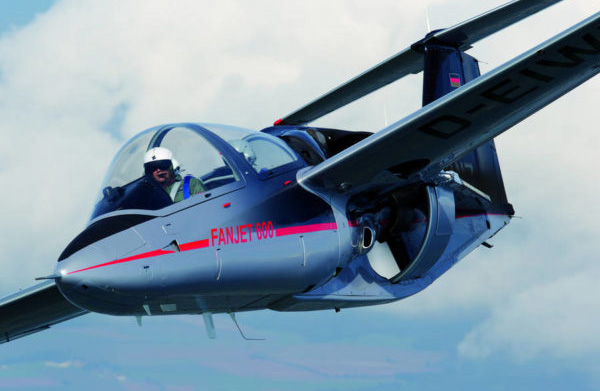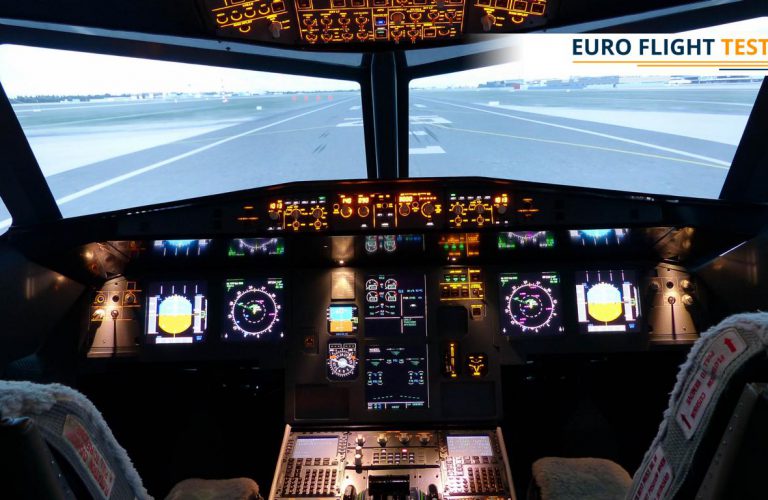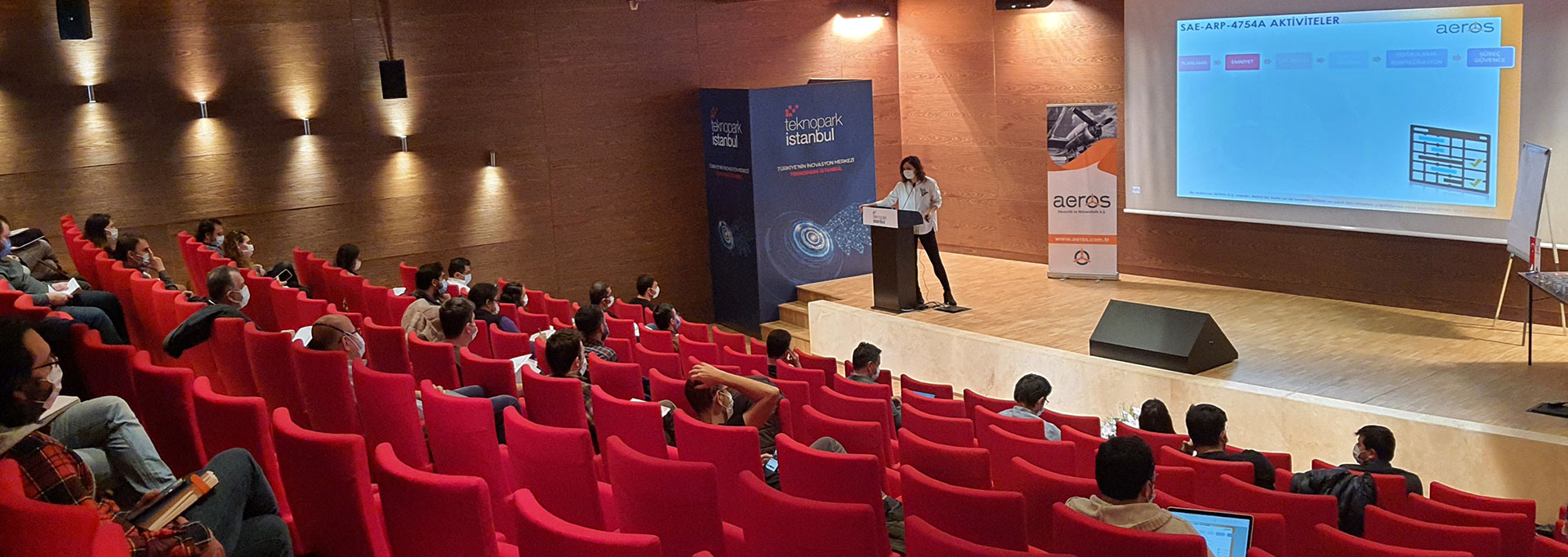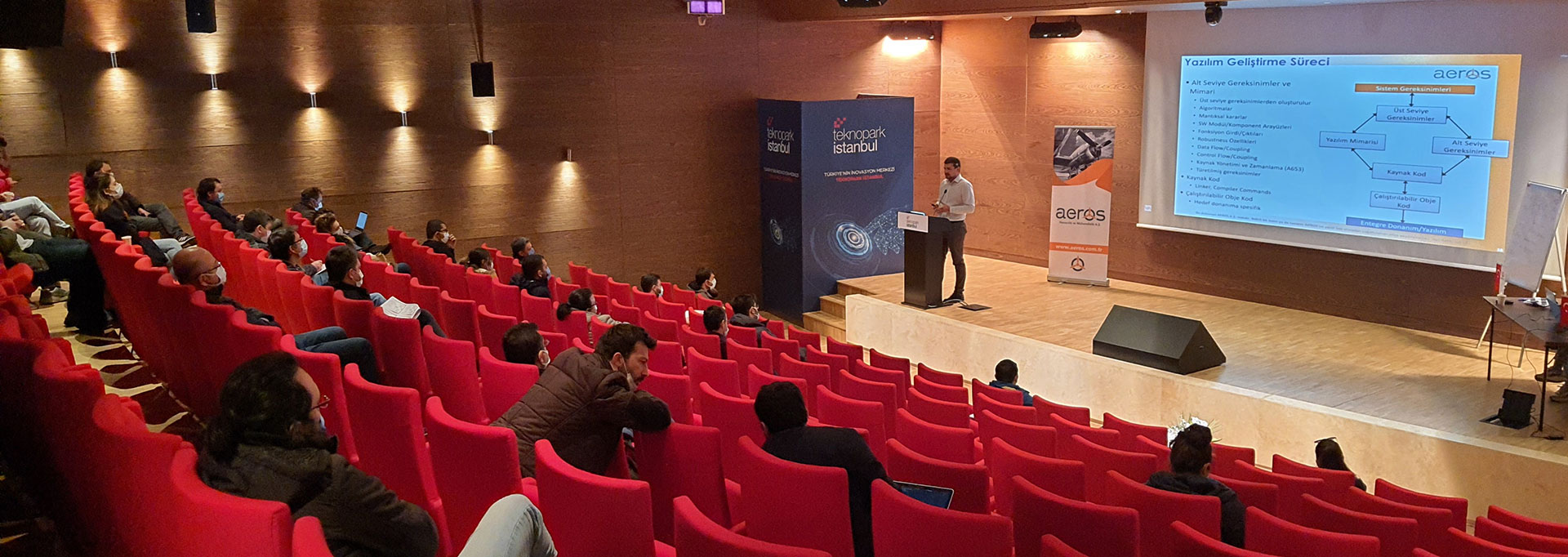The remarkable examples regarding aviation safety and standards which provided by the instructor, had a lasting effect on the training. It is the most terrific training I have ever attended. All attendees participated with great enthusiasm.
Knowledge of the instructors, their hands-on experience and precautions provided for the probable situations were satisfying.
Technical information backed with real-life experiences were beneficial for the coherence and interest of the attendees.
It is the most the effective and immersing training I have ever attended. Followed with interest and took a lot from it. The answers provided by the instructors were satisfying. Examples provided for each topic ensured integrity.
MAIN FEATURES OF AEROS TRAININGS
Aeros offers trainings for companies operating in the Aerospace Defense Industry. A wide range of trainings that can be called “knowledge and experience transfer” are provided, from long trainings for companies that These trainings are for the companies that are willing to work in aviation industry. The composition of the trainings are varying from a particular subject to necessary set of training needs.Aeros' training not only covers all topics of related aerospace standards, but also supply the experience gained from past projects in which these standards were used in. Hence, an important awareness is provided to the trained teams.
1. General Aviation Information (ATA Chapters, Certification and Qualification, Flight Information)
1.1. Aviation History1.2. Aircraft Types
1.3. Introduction to Aeronautical Engineering and Flight Principals
1.4. Flight/System Safety (SAE-ARP-4761 / MIL-STD-882)
1.5. Certification and Flight Availability
1.6. Aerospace Regulations
1.7. Aircraft Systems (ATA Breakdowns)
1.7.1. Flight Control System
1.7.2. Propulsion Systems
1.7.3. Landing Gear System
1.7.4. Hydraulic/Pneumatic Systems
1.7.5. Fuel System
1.7.6. Electrical System
1.7.7. Environmental Control System
1.7.8. Lighting System
1.7.9. Avionics Systems
1.7.9.1. Avionics History
1.7.9.2. Databus, Architecture
1.7.9.3. Communication Systems
1.7.9.4. Navigation Systems
1.7.9.5. Air Data Systems
1.7.9.6. Control and Indicator Systems
1.7.9.7. Data Loading and Recording Systems
1.7.9.8. Redundancy Design in Avionics
1.7.10. Mission Systems
1.7.10.1. Link Systems (L-16)
1.7.10.2. EO/IR Systems
1.7.10.3. Radar Systems
1.7.10.4. Electronic Warfare Systems
1.7.10.5. Mission Planning and Debrief Systems
1.7.11. Weapon Systems
1.7.11.1. Aircraft Weapon System Architecture
1.7.11.2. Suspension Equipment
1.7.11.3. Gun Systems
1.7.11.4. Unguided Bombs
1.7.11.5. Guided Bombs
1.7.11.6. Rocket/Missile Systems
1.7.11.7. Smart Munitions and Universal Armament Interface
2. System Engineering
2.1. System Engineering Process2.2. Operational Concept Studies
2.3. Requirement Creation and Requirement Management
2.4. Traceability
2.5. System Integration Activities
2.6. Verification
2.7. Validation
2.8. Specialty Engineering
2.8.1. System Safety
2.8.2. Human Factors
2.8.3. Reliability, Testability
2.8.4. Maintainability
2.8.5. Integrated Logistics Support Analyses
3. Aviation Design Processes
3.1. System Engineering Life Cycle (IEEE 15288)3.2. Project Milestones
3.3. Design Activities
3.3.1. Aircraft Concept Design
3.3.2. System Architectural Design
3.3.3. System Layout and Structural Design
3.3.4. Structural Analyses (aerodynamic, thermal, static, fatigue, dynamic, weight&balance)
3.3.5. Aerodynamic and Stability Control Analyses
3.3.6. Environmental Control System Design and Thermal Analyses
3.3.7. Harness Design and Installation Rules
3.3.8. Power Distribution Design and Electrical Load Analyses, Power Quality Analyses
3.3.9. Human-Machine Interface (Pilot-Vehicle Interface) Design and Ergonomy Analyses
3.4. Product Documentation
3.5. Project Management and Organization
4. Aviation Process and Standards
4.1. SAE-ARP-4754A4.2. EASA Part 21 - EMAR 21
4.3. MIL-HDBK-516C
4.4. MIL-HDBK-1763
4.5. DO-178
4.6. DO-254
5. Modernization and Aircraft Integration
5.1. Modernization Processes5.2. Aircraft Integration Considerations
5.3. Aircraft Inspection
5.4. Reverse Engineering Activities
5.5. Interaction with Existing Aircraft Systems and Interface Design
5.6. Test Approach in Modernization Projects
5.7. Aircraft Documentation After Modernization
6. Aviation Tests and Test Management
6.1. Test Management and Processes6.2. Creating Test Requirements
6.3. Test Instrumentation and Telemetry
6.4. Creating a Test Center
6.5. Test Organization
6.6. Acceptance Tests
6.7. Material, Structural and System Tests
6.8. Avionics and Software Tests
6.9. Environmental Tests (DO-160 / MIL-STD-810)
6.10. EMI/EMC Tests (MIL-STD-461 / MIL-STD-464)
6.11. Ground Tests
6.12. Flight Tests
PROFEESIONAL FLIGHT TEST COURSES




Flight test trainings are provided for both Civilian and Military projects within the scope of Aeros and Euro Flight Test cooperation in Türkiye. EFT is headquartered in Winningen, near Cologne, Germany. EFT offers high quality flight test trainings for test pilots and flight test engineers. Aeros is the only representative of EFT in Türkiye, which is an EASA approved flight test training organization (DE.ATO.218).
Aeros provides in the most appropriate customized solutions for Flight Test Training needs in Türkiye with the high capabilities of EFT and its own expertise.



